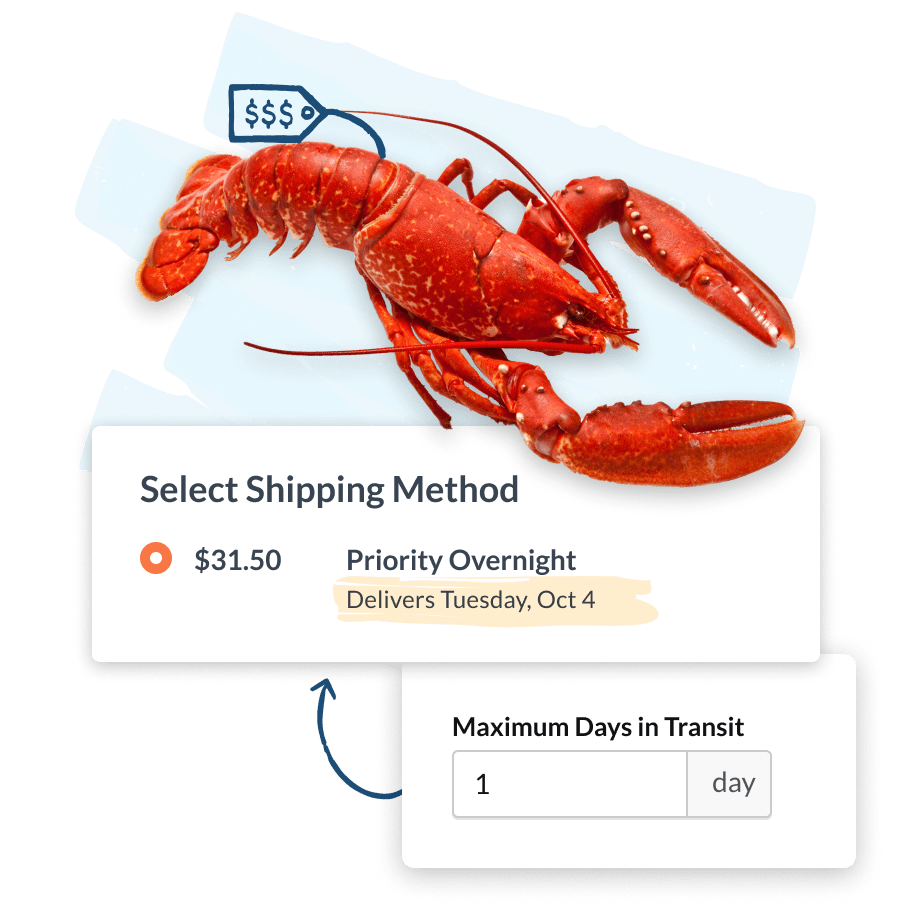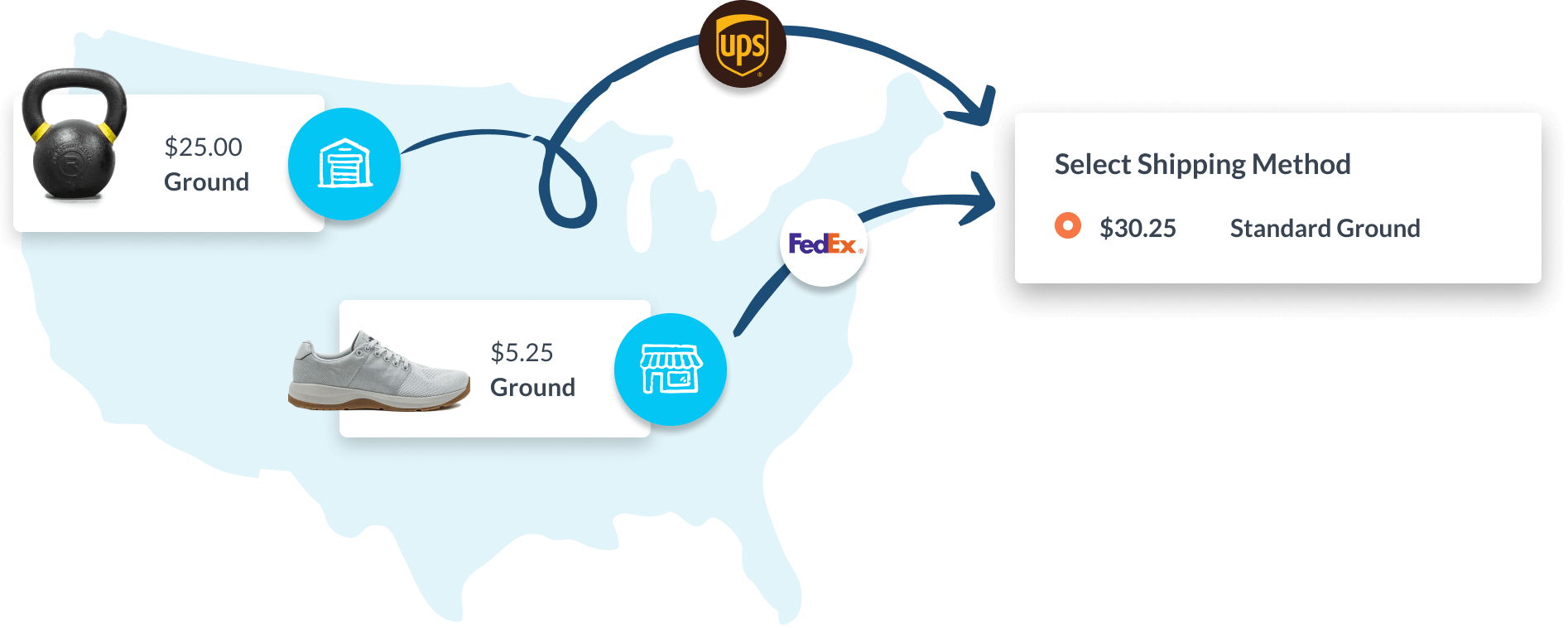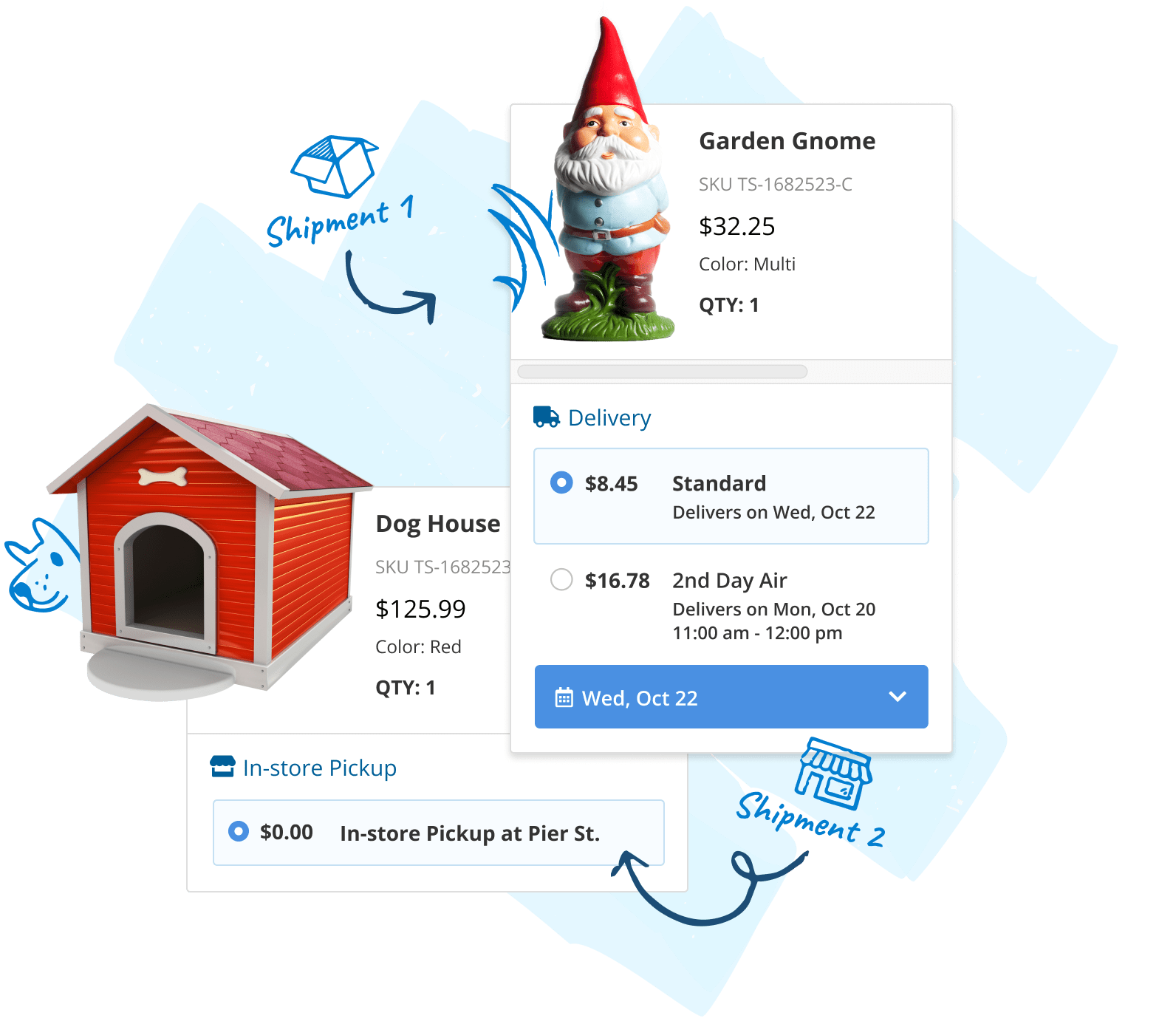Retail has fundamentally changed. Shoppers no longer see a divide between online and in-store experiences. Instead, they expect brands to meet them wherever they are, delivering seamless, consistent interactions across every touchpoint. Whether it’s browsing online, picking up orders in-store, or opting for same-day delivery, the stakes are higher than ever.
At the heart of this omnichannel revolution lies eCommerce Shipping Solutions.
Modern eCommerce shipping solutions are no longer just about moving products from point A to point B. They’re the glue that connects online and offline shopping and the cornerstone of a winning omnichannel strategy. In 2025, businesses that embrace advanced shipping solutions will set themselves apart, while those that don’t risk being left behind.
The Customer-Centric Era of Online Retail
Let’s face it—today’s shoppers demand convenience. With delivery options like Buy Online Pickup In-Store (BOPIS), curbside pickup, and hyper-local delivery, flexibility is king. In fact, store pickup is the third most popular fulfillment method among shoppers, driving repeat purchases and customer loyalty.
For retailers, the challenge lies in creating a consistent and reliable experience. Offering multiple fulfillment options improves the overall shopping journey and builds trust, setting the foundation for long-term customer loyalty.
Top Challenges in Building Seamless Omnichannel Experiences
Despite its importance, omnichannel shipping comes with unique challenges. Here’s a closer look:
- Disjointed Inventory Management- Many retailers still operate with siloed inventory systems, leading to overselling, stockouts, and unhappy customers.
- Delivery Date Precision- Customers expect accurate delivery timelines. Anything less is a recipe for failure.
- Returns Management- Returns are inevitable, but they’re also an opportunity to serve customers well. Smooth, flexible return processes enhance customer trust and loyalty.
- Store Staff Training- Store employees often lack the necessary training to process online orders efficiently. Tasks like preparing orders for store pickups can be daunting without proper guidance.
- Meeting Diverse Customer Preferences- Striking a balance between fast shipping, sustainability, and affordability is challenging. Retailers must offer flexible shipping options that cater to varied customer needs while maintaining profitability.
These challenges highlight the need for eCommerce shipping solutions that can seamlessly integrate with existing operations and streamline fulfillment.
Important Trends in eCommerce Shipping Solutions
The future of eCommerce shipping is shaped by innovation and changing consumer preferences. Here are the top trends to watch:
- AI-Powered Delivery Optimization- Artificial intelligence will enable retailers to plan routes more efficiently, predict accurate delivery times, and reduce shipping costs by studying data.
- Expansion of Hyper-Local Delivery Networks- Partnering with local couriers will become more common to provide faster, last-mile delivery services. This also acts as a safeguard in case one of your bigger carriers experiences service disruptions.
- Sustainable Shipping Practices- Carbon-neutral shipping options, eco-friendly packaging, and sustainable shipping practices will dominate as consumers prioritize environmentally conscious brands.
- Improved Transparency- Real-time tracking capabilities will give customers greater visibility into the delivery process, improving satisfaction.
- Subscription-Based Delivery Models- More retailers will adopt programs like Amazon Prime, offering benefits such as free shipping and easy returns to loyal customers.
By embracing these trends, retailers can position themselves as leaders in the omnichannel retail space.
A Checklist for Implementing Futureproof Shipping Solutions
Retailers looking to succeed in omnichannel shipping may start by taking the following steps:
- Audit Shipping Processes: Identify inefficiencies in your current operations and explore ways to improve them.
- Invest in Technology: Leverage tools that unify inventory management, shipping, and logistics.
- Empower Employees: Train and incentivize store staff to handle omnichannel orders effectively.
- Partner with Reliable Carriers: Work with shipping providers that offer diverse shipping options, including express, standard, and carbon-neutral delivery methods.
- Optimize Continuously: Regularly review your shipping performance and adapt to new challenges or opportunities.
What Modern eCommerce Shipping Solutions Look Like
To succeed in the competitive world of omnichannel retail, retailers need shipping solutions that streamline operations and enhance customer satisfaction. Future-ready shipping solutions like ShipperHQ are designed to meet these challenges while aligning with the demands of modern-day shoppers.
1. Real-Time Carrier Rates
Transparency at checkout is non-negotiable. With integrations spanning over 60+ carriers, ShipperHQ delivers accurate real-time shipping rates in a fraction of a millisecond.
2. Flexible Fulfillment Options
Retailers now need to offer customers a variety of fulfillment methods to match their convenience-driven lifestyles:
- Buy Online, Pick Up In-Store (BOPIS) enhances flexibility while driving foot traffic to physical locations.
- Curbside Pickup offers a seamless, contactless shopping experience for safety-conscious customers.
- Same-day and scheduled deliveries cater to the growing demand for expedited delivery options.
3. Accurate Delivery Dates
Today’s customers expect precise delivery dates. Displaying exact dates for each shipping method during checkout reduces uncertainty and builds confidence. Factors like lead times, carrier schedules, and even blackout periods need to be taken into account while calculating delivery estimates.
4. Multi-Origin Shipping
For businesses operating across multiple warehouses or working with drop-ship vendors, efficiency is everything. Multi-origin shipping management allows orders to be fulfilled from the most optimal location, minimizing delivery times and cutting down on shipping costs.
5. Dimensional Packing
Shipping costs can quickly spiral out of control without accurate calculations. Dimensional packing ensures rates reflect the actual size and weight of shipments, preventing overcharges and offering a fair shipping price for customers. It’s a straightforward way to protect profitability and maintain customer trust.
6. Calendar Selector and Split Shipping
Streamlining the checkout process is critical to reducing cart abandonment. Features such as intuitive delivery selectors and options for split shipping or mixed fulfillment give customers the confidence to complete their purchases. A smooth checkout experience benefits not only the customer but also positively impacts your bottom line.
How eCommerce Shipping Solutions Drive Strategic Advantage
Shipping is the second largest expense for online retailers. Rather than a cost center, it must be treated as a strategic tool for improving the customer experience and increasing sales. As we approach 2025, retailers must prioritize flexibility, sustainability, and efficiency to stay relevant and competitive. Shipping tools like ShipperHQ are now essential components of a winning omnichannel strategy.
If reading this article makes you think that it’s time to revamp your omnichannel shipping strategy, we’re here to help. ShipperHQ equips you with the right tools needed to deliver seamless, efficient, and customer-centric shipping experiences.
Ecommerce Shipping Solutions FAQs
1. What are eCommerce Shipping Solutions, and why are they important?
eCommerce Shipping Solutions are tools that streamline shipping logistics by integrating inventory, carrier selection, rate calculations, and returns management. They improve customer satisfaction with accurate delivery dates, reduce costs through optimized shipping options, and support scalability for growing businesses.
2. How do eCommerce Shipping Solutions support omnichannel retail strategies?
They unify inventory across channels, enable flexible fulfillment options like BOPIS and same-day delivery, and ensure delivery accuracy. These solutions also provide real-time tracking and simplify returns, creating a seamless shopping experience across online and offline platforms.
3. What features should I look for in an eCommerce Shipping Solution?
You should look for features such as real-time shipping rates, estimated delivery dates, multi-origin shipping, dimensional weight calculations, and flexible shipping options when evaluating shipping software.
4. How can eCommerce Shipping Solutions help reduce cart abandonment rates?
They provide transparent shipping costs, multiple delivery options, and precise delivery dates at checkout. Features like free shipping thresholds, promotional shipping offers, and optimized checkout experiences encourage customers to complete their purchases.









